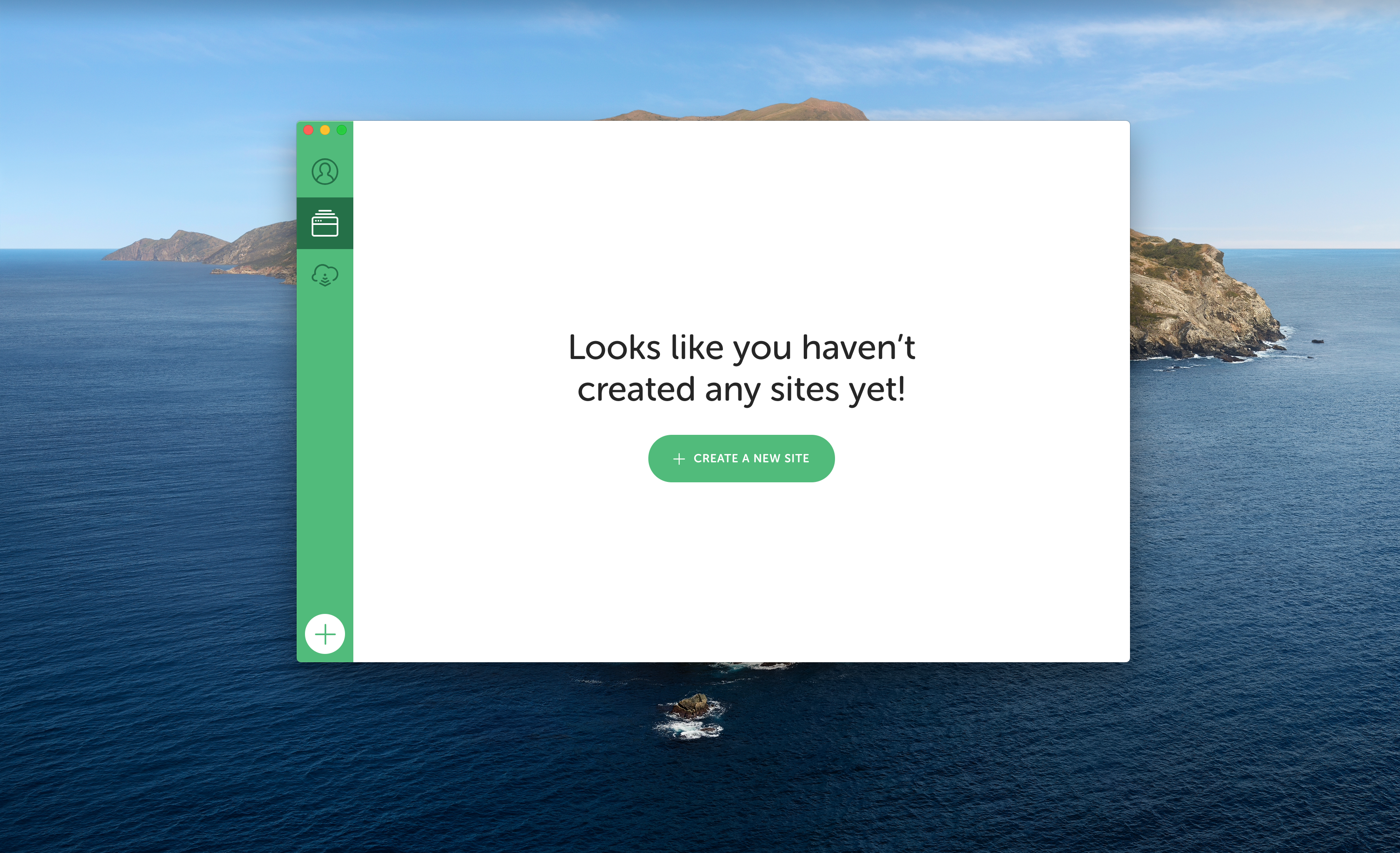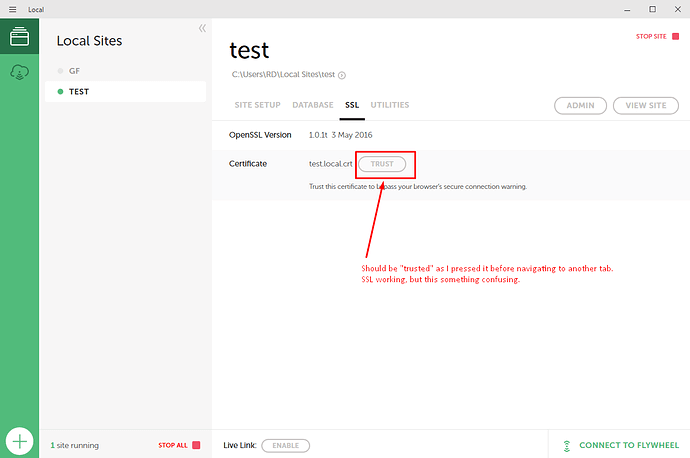

- #Export site from local by flywheel zip file#
- #Export site from local by flywheel full#
- #Export site from local by flywheel zip#
- #Export site from local by flywheel download#
- #Export site from local by flywheel free#
For whichever site’s database you want, click Start Site.To access the database of your Local site: Export the Local site databaseīy default, Local uses Adminer for database management. Your Local site files are located on your machine at Local Sites > yoursitename > app > public.įrom there, use cPanel File Manager or SFTP to move /wp-content to the root directory of the remote install. Once you’re set with your file transfer method, here’s what you need to know about deploying a site created with Local. If you’re not familiar with SFTP, here’s a primer. You can alternatively use an SFTP client such as FileZilla (works with any operating system) to transfer files from your local machine to a remote server. (Not as easy for the database, but we’ll get there in a moment).ĬPanel File Manager is one method you can use to upload, move and remove files on a remote server. If your destination site is with a host that supports cPanel and/or SFTP, migrating site files this way has a relatively low barrier to entry. Deploy Your Site from Local Manually via Sftp or cPanel When moving a site to a host where WordPress is already installed, the only folder you’ll need to move is /wp-content. It’s also important to point out that the /wp-content folder is where theme and plugin files live. One of those files in the root directory is particularly important to this conversation and that’s wp-config.php.
#Export site from local by flywheel download#
If you download WordPress or look at the file structure of an existing WordPress install, you’ll find three folders and a handful of files in the root directory: WordPress is made up of files and a database, so when we talk about migrating a site, we’re talking specifically about moving those two things. Site Migration 101: What You Need for Any Migration But, regardless of which method you choose, we’ll walk you through the process and address some common hurdles. Spoiler alert: using Local Connect with WP Engine and Flywheel is hands down the simplest method. Also, when referring to the local instance of your site, it might also be referred to as “origin.” Similarly, when referring to the destination site, it might be referred to as “remote,” “live,” or “production.”
#Export site from local by flywheel free#
🙂įeel free to leave a comment with questions, feedback, etc.Note that this article will use the terms “deploy” and “migrate” interchangeably. This blueprint is provided as-is, with no promises. Please note that FSE is still highly-experimental, so expect that things may not work as expected. Follow these instructions to make hidden files visible on Windows.) Move blueprint to ~/Users//AppData/Roaming/Local/blueprints (If you can’t find this folder, you probably have hidden files set to invisible.Login to /wp-admin with username/password: admin/admin.Under Create site from Blueprint, select fullsiteediting From Finder, press CMD+SHIFT+Dot to toggle on visibility) Move blueprint to ~/Users//Library/Application Support/Local/blueprints (If you can’t find this folder, you probably have hidden files set to invisible.For the export I’m sharing, the username/password is admin/admin. Once you’ve imported a site, the last thing you need to get going is an admin username and password. Here’s a video showing you this process in action.
#Export site from local by flywheel zip#
Open up Local and drag/drop the export zip anywhere onto Local. Once you have that, it’s time to import the site into Local (and it really couldn’t be easier). I’ve already done that for you and here is the export.
#Export site from local by flywheel zip file#
zip file that contains all of the site files and a. While the site is running, right-click > and select Export.

It’s easy to create an export of a site in Local. I’ll leave the instructions for adding blueprints just for reference, but let’s talk about something easier. Since writing this article, I’ve discovered an even easier way to distribute the site: Local imports. I exported it as a blueprint (.zip) and you can download it here.
#Export site from local by flywheel full#


 0 kommentar(er)
0 kommentar(er)
